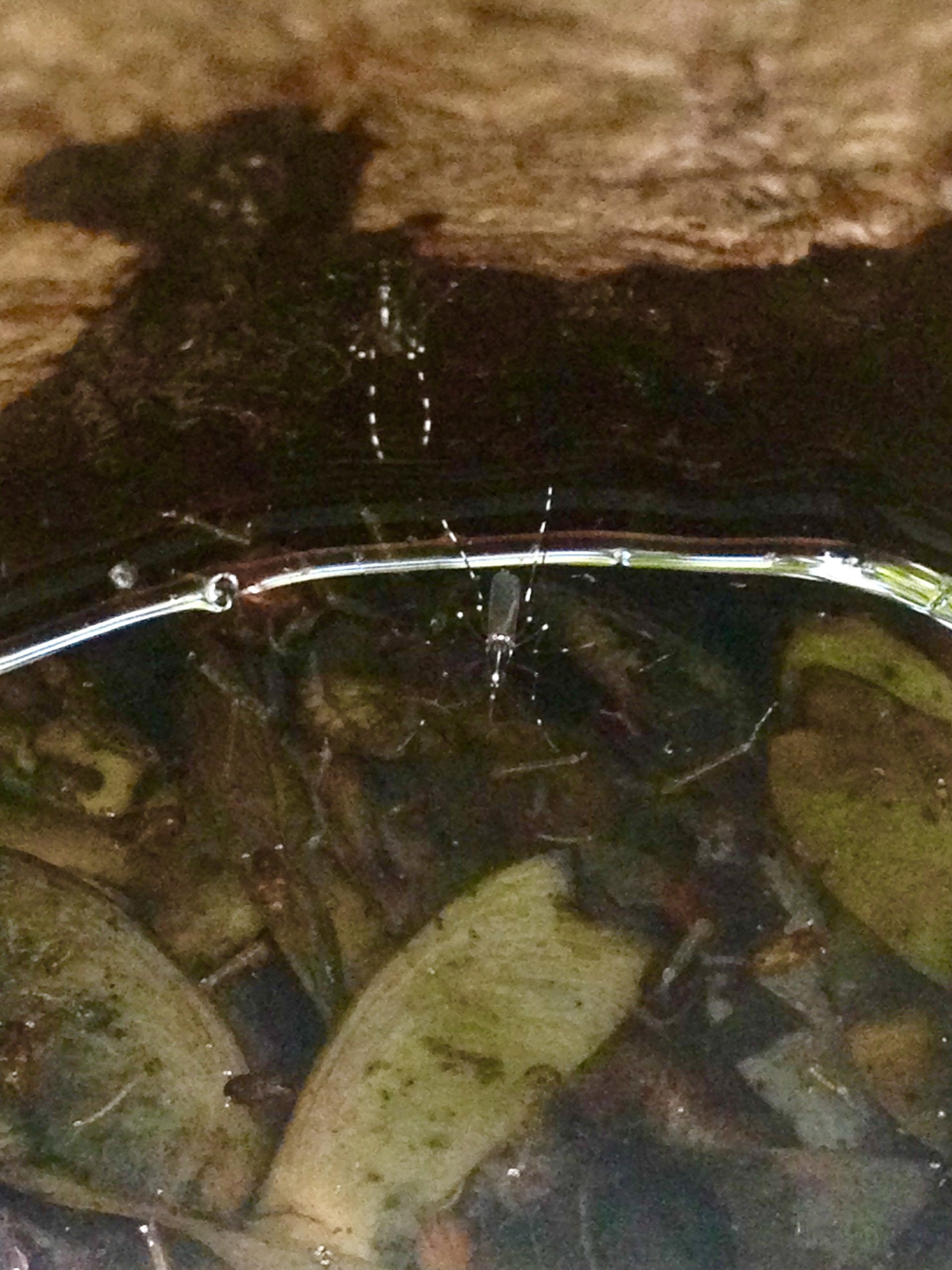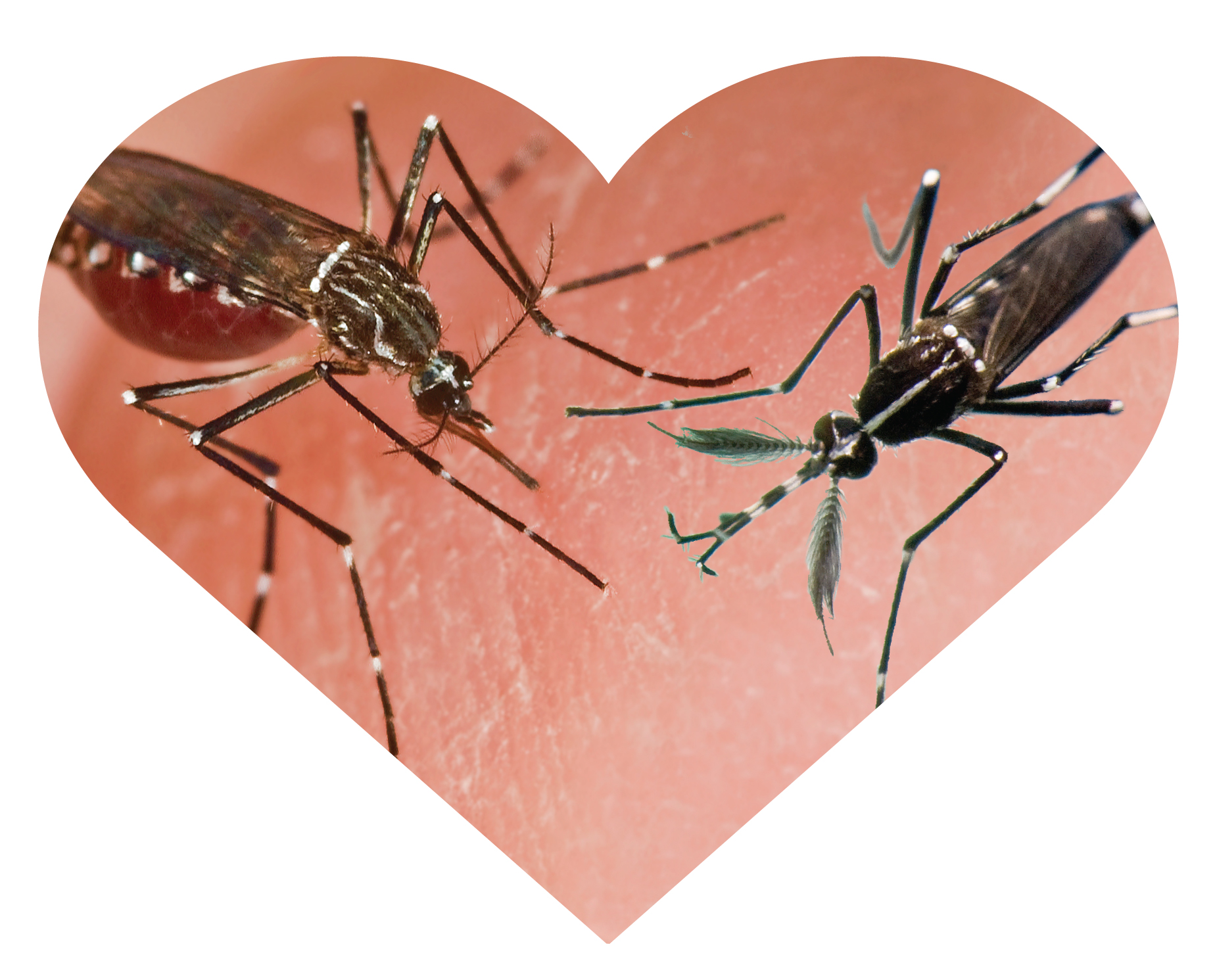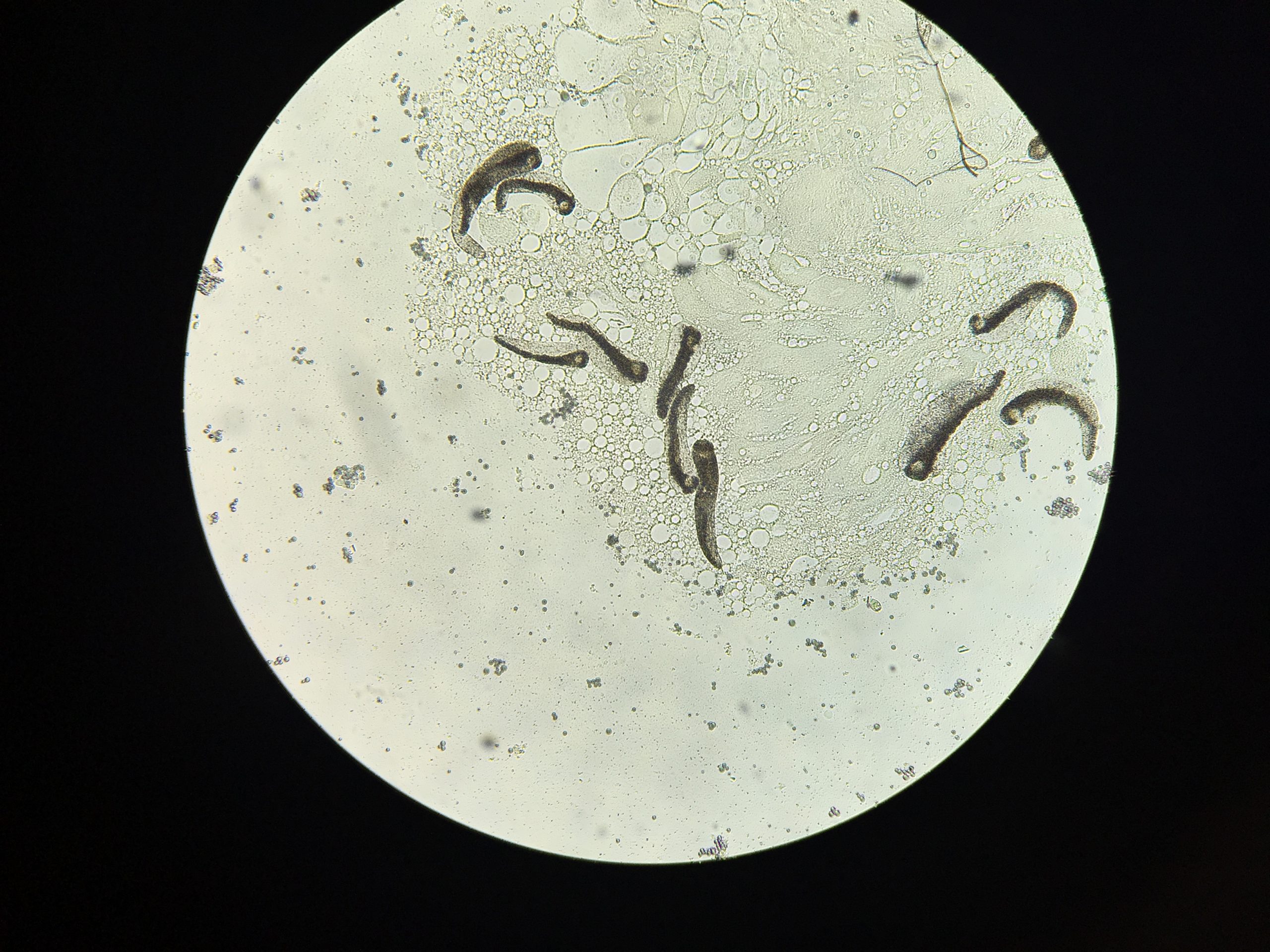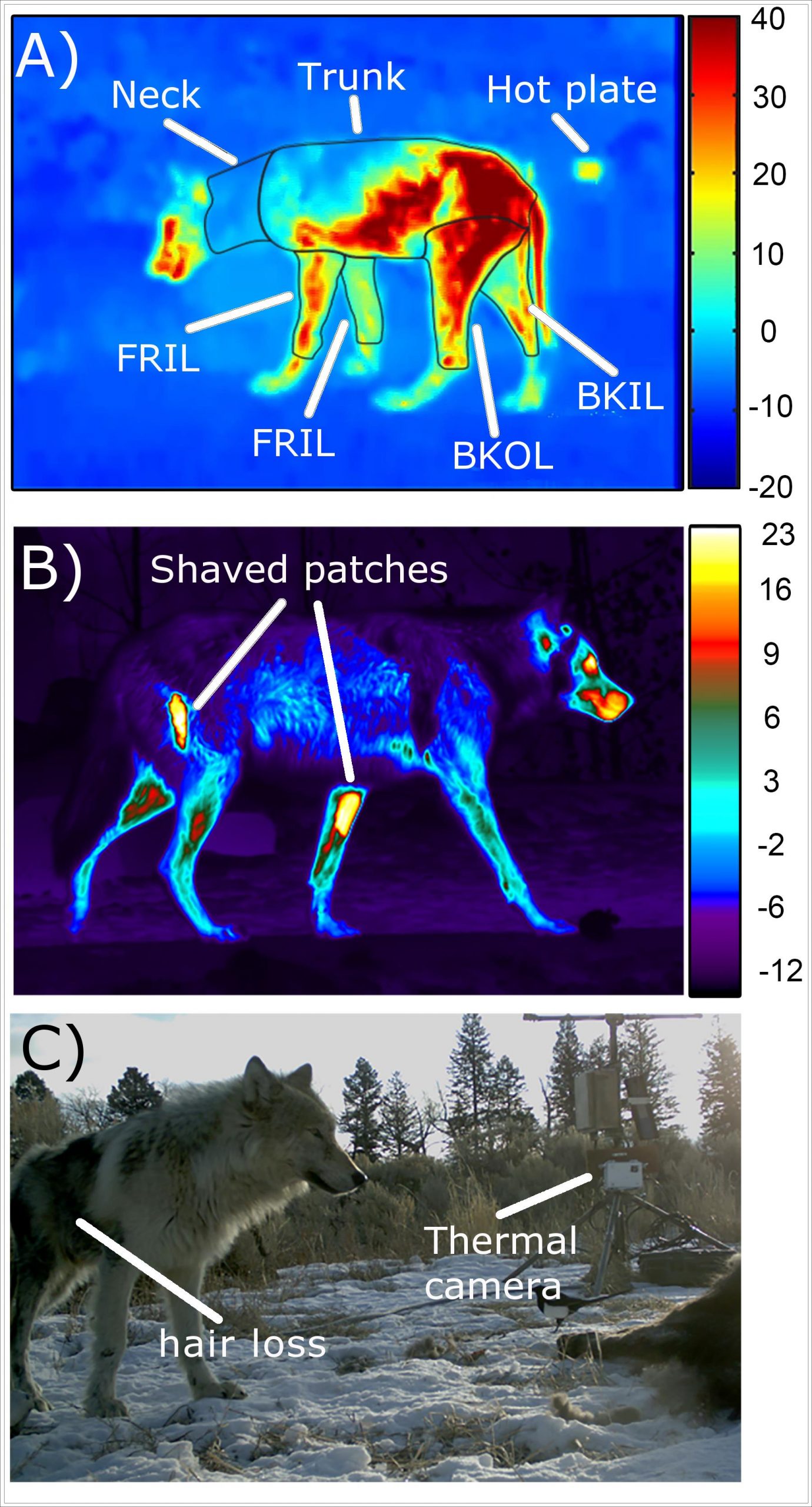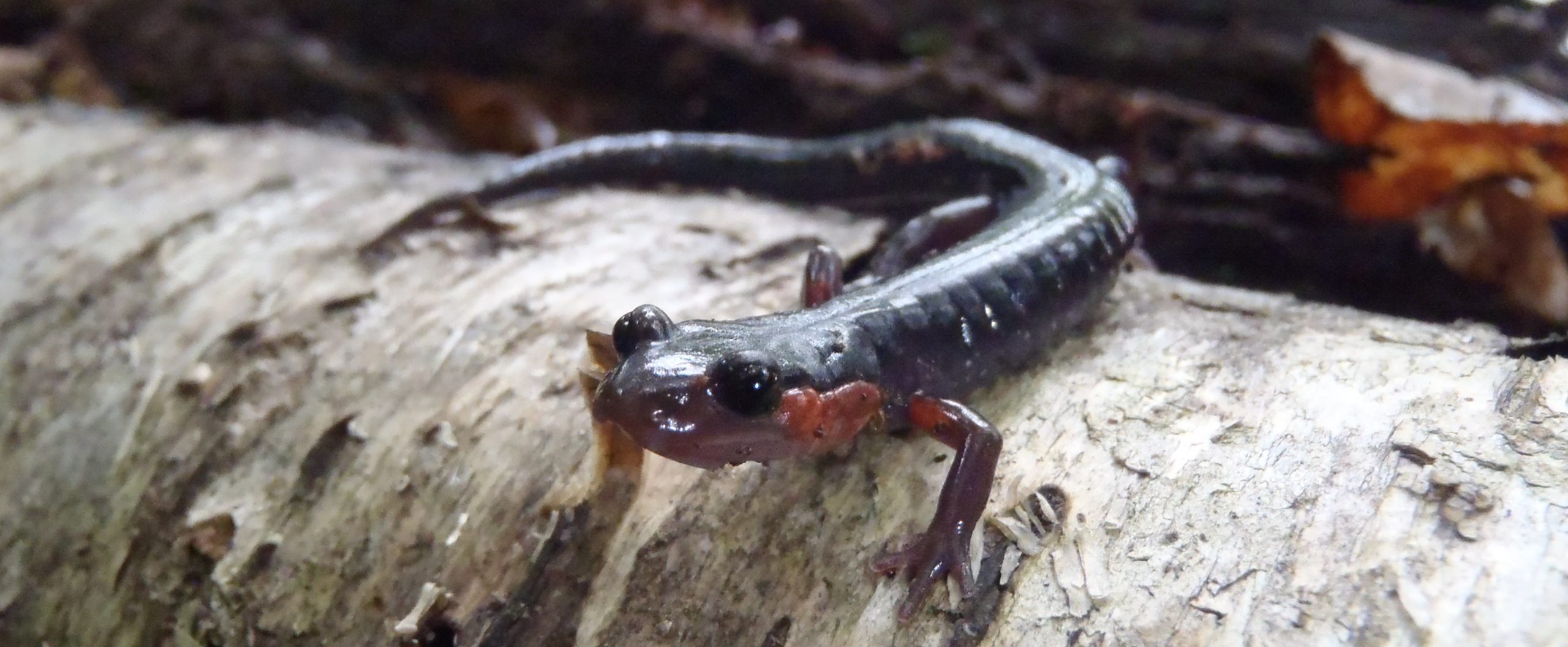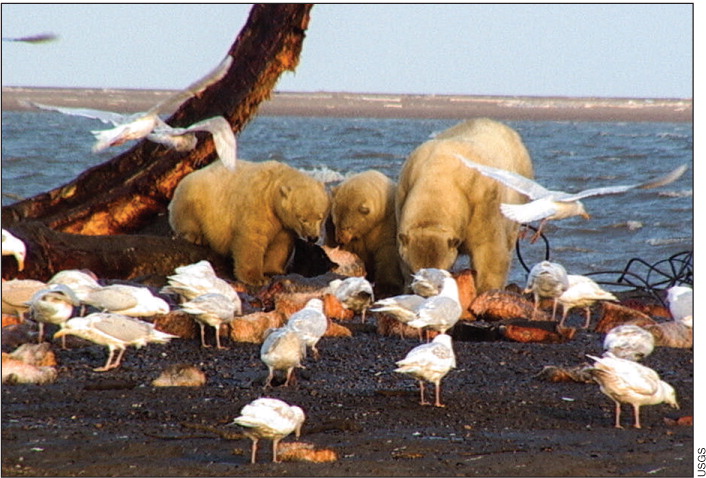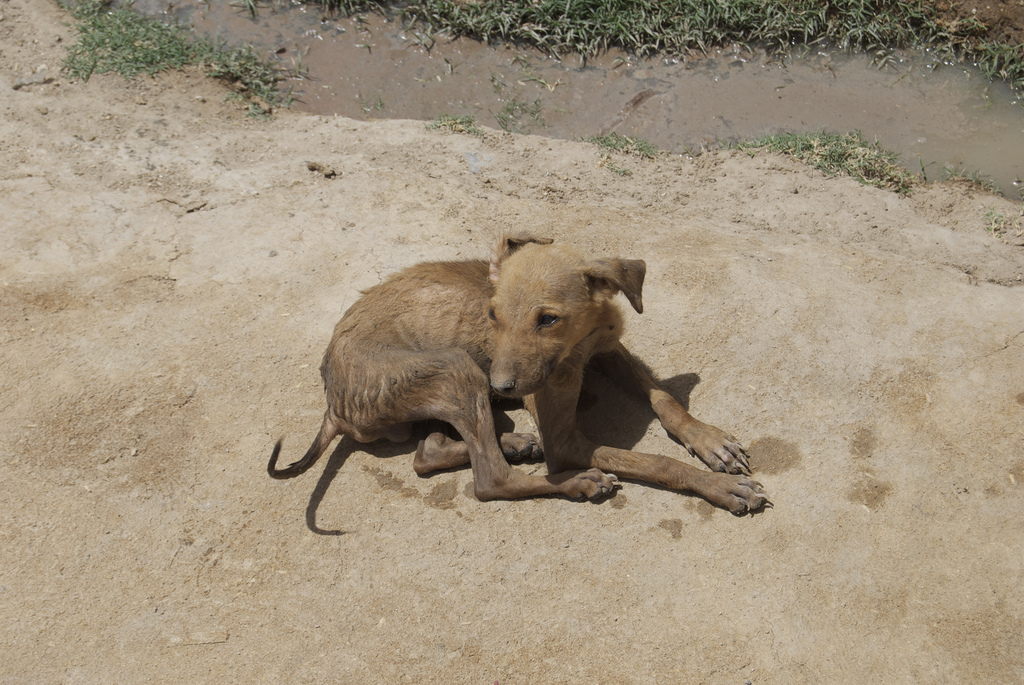
Luring mosquitoes into honeysuckle traps
Beyond the blood meal, mosquitoes need sugar and safe and nurturing pools to cradle their eggs and emerging larva. Fallen leaves floating in still water (like residential stormwater drainage ditches) make appealing hatcheries for the common house mosquito (Culex pipiens), a carrier of West Nile virus. At the 2016 Annual Meeting of the Ecological Society in Fort Lauderdale, Florida, this…
